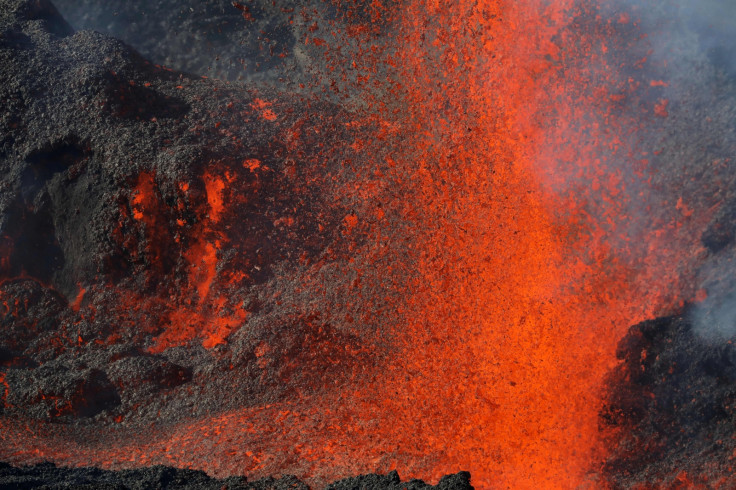Looking into the heart of a volcano: We are a step closer to predicting devastating eruptions
Now we know what a volcano's magma looks like in the years before it erupts.
The discovery of how magma behaves below active volcanoes has brought scientists a step closer to making accurate predictions of when eruptions will happen, potentially saving millions of lives.
It isn't an easy job to find out what magma deep underground is like. The first problem is that scientists would have to drill for miles to get to it. Second, if they did manage to get close to active magma, their instruments would very quickly be destroyed by the intense heat.
But understanding the properties of this magma is key to predicting when it will erupt through a volcano, potentially causing devastating damage to human cities. Supervolcanoes such as Yellowstone in the US or Campi Flegrei in Italy, for example, would kill or displace millions of people if they erupted without warning.
Instead of looking directly at the magma, scientists studied rocks at the Taupo Volcanic Zone in New Zealand, home to Mount Tarawera. This is a silicic volcano, which means the magma is particularly thick and viscous, causing particularly explosive eruptions. By analysing a type of mineral in the rocks called zircon crystals, the scientists could piece together the thermal history of the volcano.
"Instead of trying to piece together the wreckage, the crystals can tell us what was going on while they were below the surface, including the run-up to an eruption," said study author Kari Cooper of the University of California, Davis, in a statement.
These rocks had been underneath the volcanic site for tens to hundreds of thousands of years before eventually being brought to the surface in an eruption about 700 years ago. This meant that they sat through a much larger eruption of Mount Tarawera 25,000 years ago. Throughout this period, the magma beneath the volcano was hot, but not hot enough to be molten.
"Our concept of what a magma reservoir looks like has to change," said Cooper.
The magma only read temperatures of more than about 700C for a period of years to centuries at the most. This suggests that most of the magma underneath the volcano is solid, becoming mobile only shortly before an eruption – say tens to hundreds of years.

Predicting eruptions
This is an extremely short window of time by geological standards. The authors say that this could help identify the volcanoes closest to eruption, as those that have a larger amount of liquid magma beneath them are likely to be those closest to blowing their tops.
"To understand volcanic eruptions, we need to be able to decipher signals the volcano gives us before it erupts," said Jennifer Wade, a program director at the National Science Foundation's Division of Earth Sciences, which funded the research.
"This study backs up the clock to the time before an eruption, and uses signals in crystals to understand when magma goes from being stored to being mobilised for an eruption."
But the finding could imply that the task of predicting eruptions is even harder than we thought, Madeleine Humphreys, a geologist at Durham University who was not involved in the research, told IBTimes UK.
"For most of the lifetime of the volcanic system, the magma contains only a tiny proportion of melt and is essentially solid. Therefore, times when the magma is potentially 'eruptible' are short and rare," Humphreys said.
"In some ways this makes life more difficult for those trying to predict eruptions in the future, as it means we should only expect to see quite transient signals. The real question here is just how the magma makes the rapid transition from the locked, near-solid state to a mobile, eruptible state."
The findings are published in a study in the journal Science, and a podcast feature by Science on the discovery can be found here.
© Copyright IBTimes 2025. All rights reserved.






















